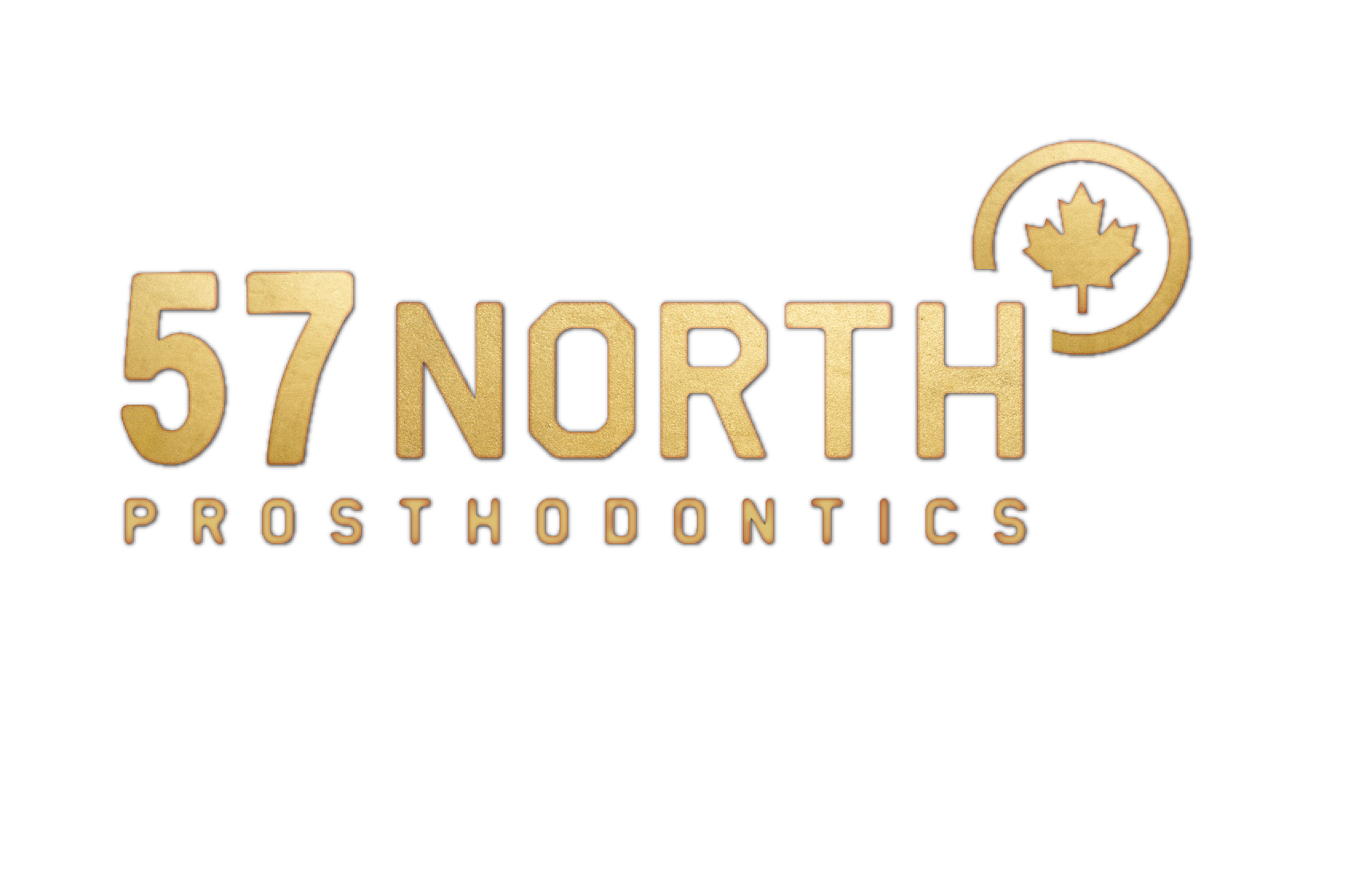
Cone Beam CT 3D Scanning
BETTER TREATMENT PLANS START WITH BETTER IMAGING TO FIND THE ROOT OF THE ISSUE.
What is Cone Beam CT 3D Imaging?
Dental cone beam computed tomography (CT) is a special type of x-ray machine used in situations where regular dental or facial x-rays are not sufficient. This type of CT scanner uses a special type of technology to generate three dimensional (3-D) images of dental structures, soft tissues, nerve paths and bone in the craniofacial region in a single scan. Images obtained with cone beam CT allow for more precise treatment planning.
Cone beam CT is not the same as conventional CT. However, dental cone beam CT can be used to produce images that are similar to those produced by conventional CT imaging.
How does Cone Beam CT 3D Imaging work?
With cone beam CT, an x-ray beam in the shape of a cone is moved around the patient to produce a large number of images, also called views. CT scans and cone beam CT both produce high-quality images. Three-dimensional radiography captures information not possible with 2D x-ray
During a cone beam CT examination, the C-arm or gantry rotates around the head in a complete 360-degree rotation while capturing multiple images from different angles that are reconstructed to create a single, very detailed 3-D image. The more anatomical information available to the dentist the better they are capable to diagnose and prepare a treatment plan and plan.
Advantages of 3D Dentistry?
Beam Limitation: The size of the primary X-ray beam in 3D CBCT scanners limits the radiation to only the area of interest, reducing the patient’s exposure to radiation as much as possible.
Image Accuracy: 3D CBCT imaging has an incredible resolution, allowing for highly accurate imaging and measuring. This means these images can be used to pinpoint the exact location for a dental procedure.
Bone Quality Assessment: 3D CBCT scans can also be used to assess bone quality, which is an important part of evaluating the presence of sufficient bone for implant placement. It is also helpful in determining the size and location of lesions and breaks.
Diagnostic Accuracy: Three-dimensional scans can catch problems 2D scans simply can’t by differentiating between many types of tissue. Pathology, infections, and abnormal sinus anatomy and joint dysfunctions can all be properly visualized and identified with 3D CBCT imaging. This means patients are properly diagnosed the first time and can get appropriate help much sooner than they would with previous methods.
Minimal Radiation Exposure: Repeated prolonged exposure to radiation can cause eye damage, the development of malignancies and other health risks, which is why new medical technologies seek to reduce patient exposure. When compared to traditional medical CT scans, 3D CBCT scans emit substantially less radiation, reducing the dosage up to 98.5%.
Non-Intrusive: No need to bite down on a mold or piece of plastic. The CBCT can scan your entire head without you needing to do anything. This is especially helpful for patients with particularly sensitive gums or teeth, as well as pediatric patients.
WHY IT'S BETTER
GREATER EFFICIENCY
Dentists can see the entire mouth and not just a small section from the X-Ray.
HIGHER PRECISION
Provides a complete view of the teeth and their placement in relation to the mouth.
BETTER TREATMENT
Enabling the dentist to have a complete view of the mouth, allows for a better treatment plan.

